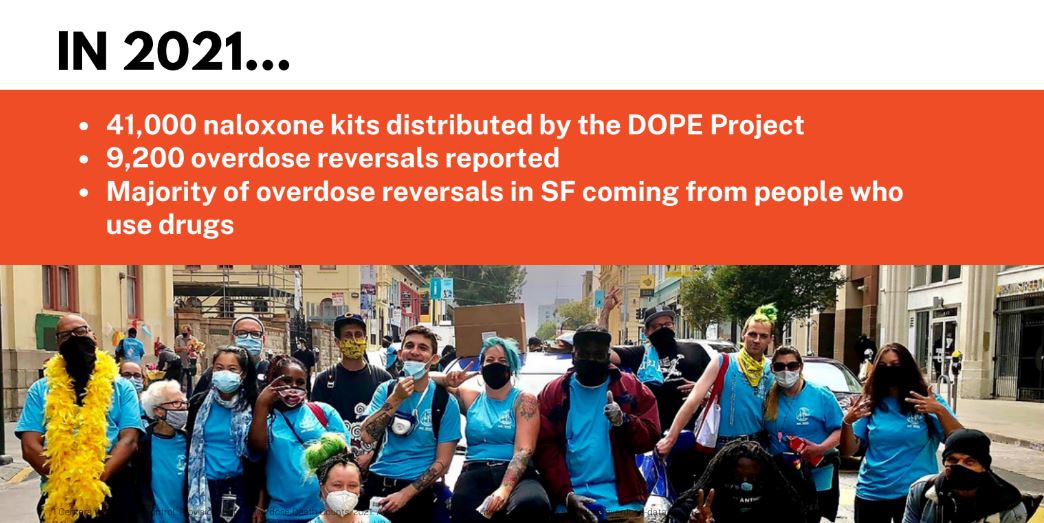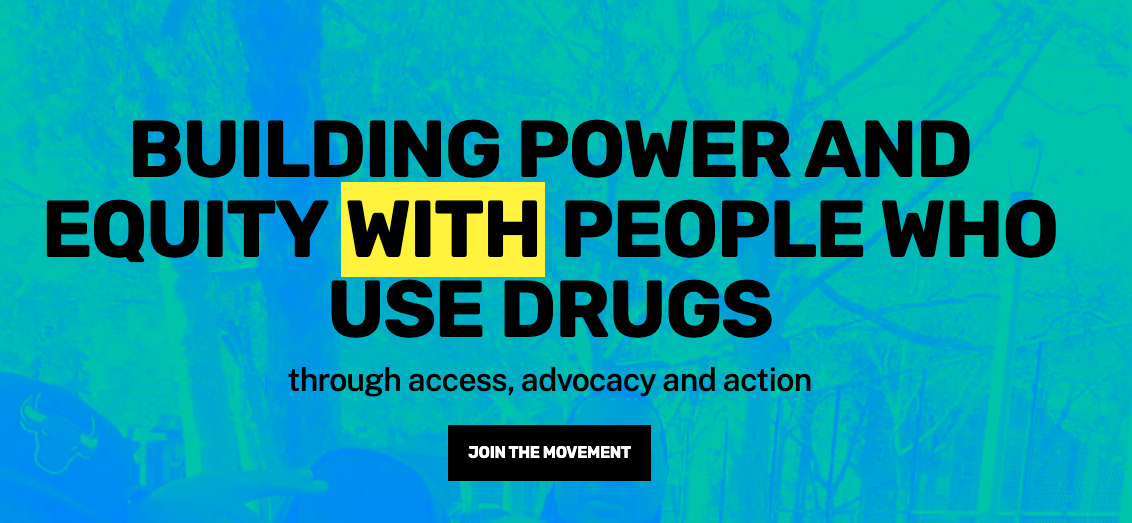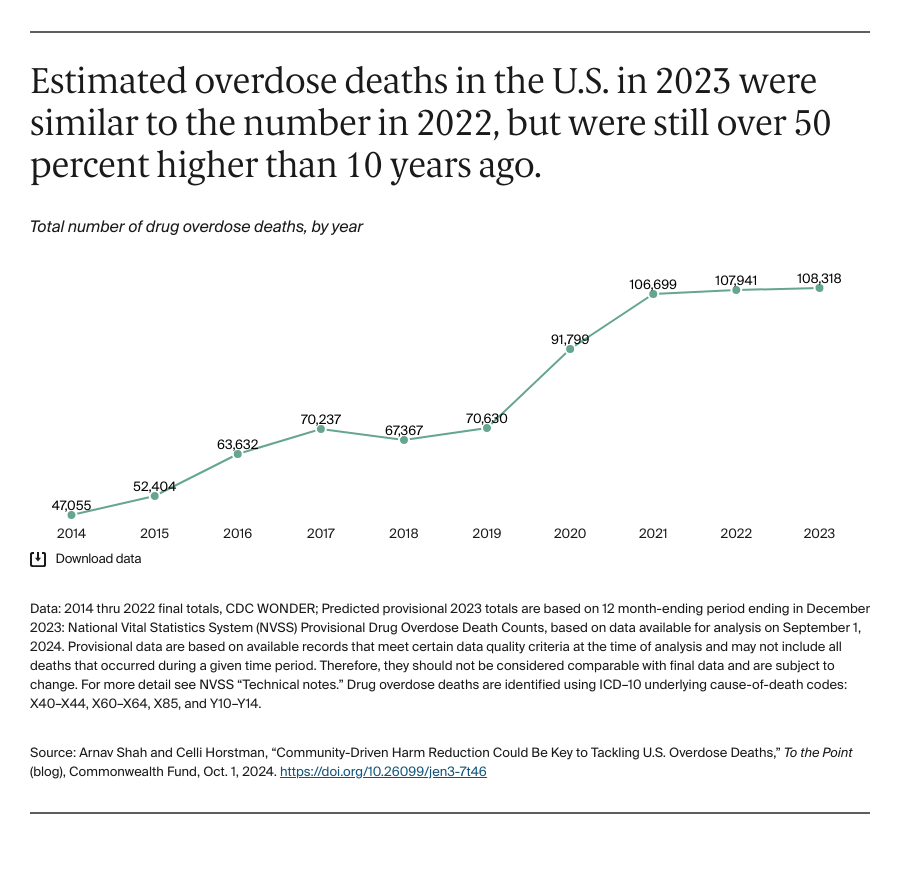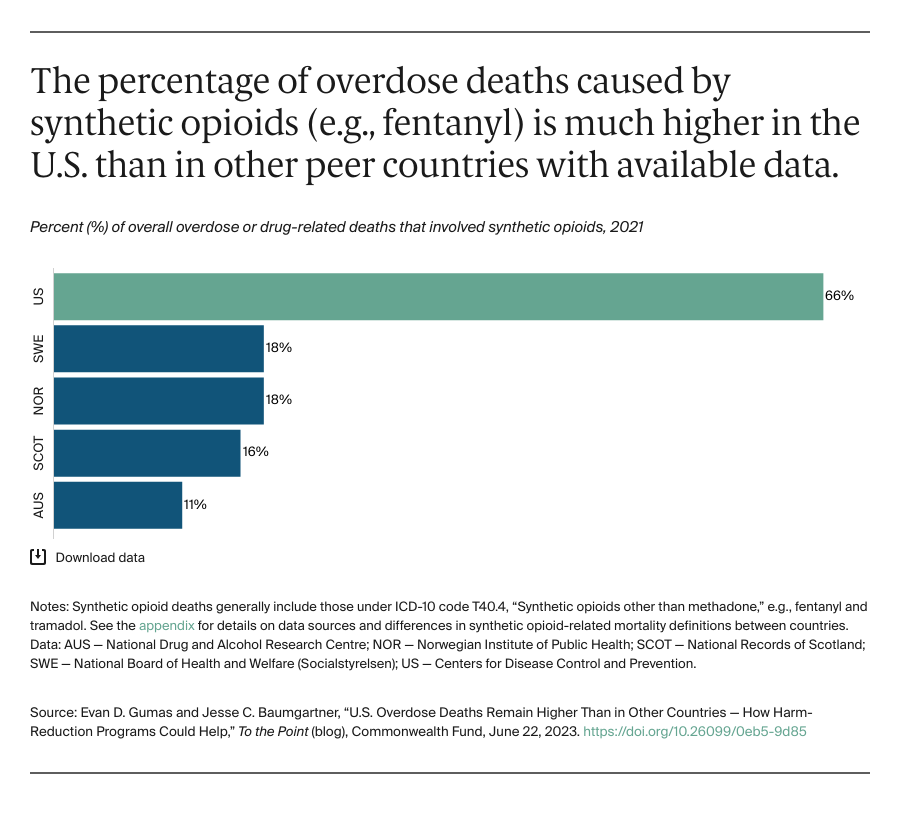U S Overdose Deaths How Harm Reduction Programs Could Help

Overdose Prevention Archives National Harm Reduction Coalition This page highlights current federal activities that promote harm reduction by increasing the availability and access to high quality harm reduction services, decreasing negative effects of substance use, and reducing stigma related to substance use and overdose. Harm reduction activities can include provision of sterile syringes, naloxone distribution, fentanyl testing, overdose prevention and education, including safer drug use education, and other activities that can lessen the risk of adverse outcomes associated with using drugs.

Overdose Prevention Resources National Harm Reduction Coalition Harm reduction offers an opportunity to reach people who aren’t otherwise accessing healthcare services ― and offer them naloxone to reverse an overdose, and help connect them to other needed services. States continue to address opioid related overdoses with a variety of harm reduction measures to reduce overdose and increase access to substance use treatment. Effective interventions include: the overdose prevention drug naloxone, expanded harm reduction services such as fentanyl test strips, increased access to medications for opioid use disorder (moud), and drug education based in facts, not fear. As overdoses increase, the federal government is promoting evidence based harm reduction services, expanding sustainable funding and developing educational materials and programs to reduce stigma related to substance use and overdose.

Overdose Prevention Resources National Harm Reduction Coalition Effective interventions include: the overdose prevention drug naloxone, expanded harm reduction services such as fentanyl test strips, increased access to medications for opioid use disorder (moud), and drug education based in facts, not fear. As overdoses increase, the federal government is promoting evidence based harm reduction services, expanding sustainable funding and developing educational materials and programs to reduce stigma related to substance use and overdose. A record number of lives were lost in the u.s. drug overdose epidemic in 2020. the ama has outlined four strategic actions the white house can take to help reverse this tragic trend. Community led harm reduction programs that emphasize safety over abstinence have emerged as a key strategy for reducing opioid deaths. What is harm reduction — and how can it help prevent overdose deaths? last year, the united states saw record numbers of overdose deaths.

Community Driven Harm Reduction Can Reduce U S Overdose Deaths A record number of lives were lost in the u.s. drug overdose epidemic in 2020. the ama has outlined four strategic actions the white house can take to help reverse this tragic trend. Community led harm reduction programs that emphasize safety over abstinence have emerged as a key strategy for reducing opioid deaths. What is harm reduction — and how can it help prevent overdose deaths? last year, the united states saw record numbers of overdose deaths.

U S Overdose Deaths How Harm Reduction Programs Could Help What is harm reduction — and how can it help prevent overdose deaths? last year, the united states saw record numbers of overdose deaths.
Comments are closed.